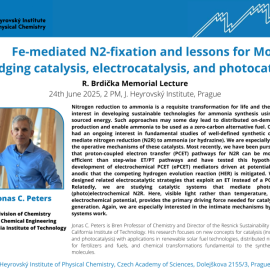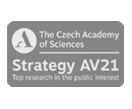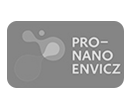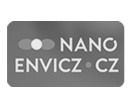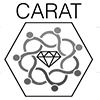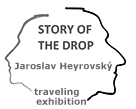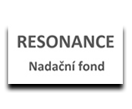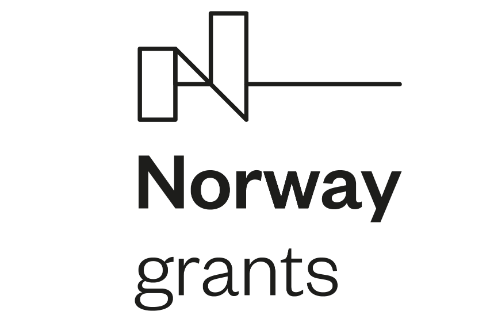Prof. Jonas C. Peters: Fe-mediated N2-fixation and lessons for Mo - Bridging catalysis, electrocatalysis, and photocatalysis
Nitrogen reduction to ammonia is a requisite transformation for life and there is growing interest in developing sustainable technologies for ammonia synthesis using renewably sourced energy. Such approaches may some day lead to distributed on-demand fertilizer production and enable ammonia to be used as a zero-carbon alternative fuel. Our group has had an ongoing interest in fundamental studies of well-defined synthetic catalysts that mediate nitrogen reduction (N2R) to ammonia (or hydrazine). We are especially interested in the operative mechanisms of these catalysts. Most recently, we have been pursuing the idea that proton-coupled electron transfer (PCET) pathways for N2R can be more thermally efficient than step-wise ET/PT pathways and have tested this hypothesis via the development of electrochemical PCET (ePCET) mediators driven at potentials sufficiently anodic that the competing hydrogen evolution reaction (HER) is mitigated. We have also designed related electrocatalytic strategies that exploit an ET instead of a PCET mediator. Relatedly, we are studying catalytic systems that mediate photodriven and (photo)electrochemical N2R. Here, visible light rather than temperature, pressure, or electrochemical potential, provides the primary driving force needed for catalytic ammonia generation. Again, we are especially interested in the intimate mechanisms by which these systems work.
Jonas C. Peters is Bren Professor of Chemistry and Director of the Resnick Sustainability Institute at the California Institute of Technology. His research focuses on new concepts for catalysis (including electro- and photocatalysis) with applications in renewable solar fuel technologies, distributed nitrogen fixation for fertilizers and fuels, and chemical transformations fundamental to the synthesis of organic molecules



